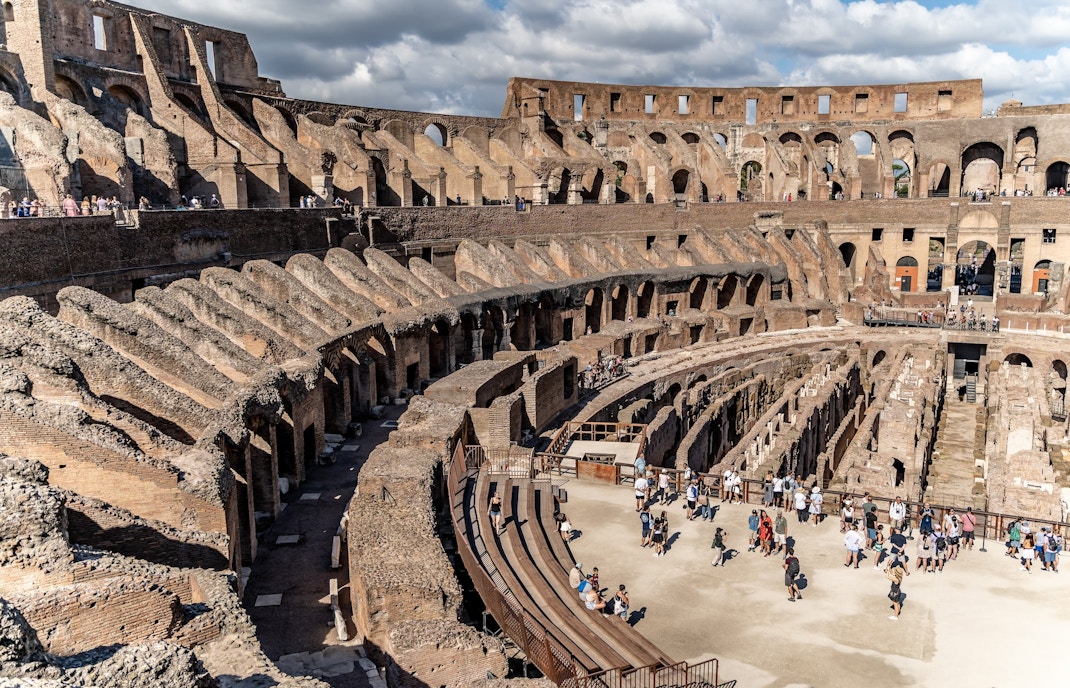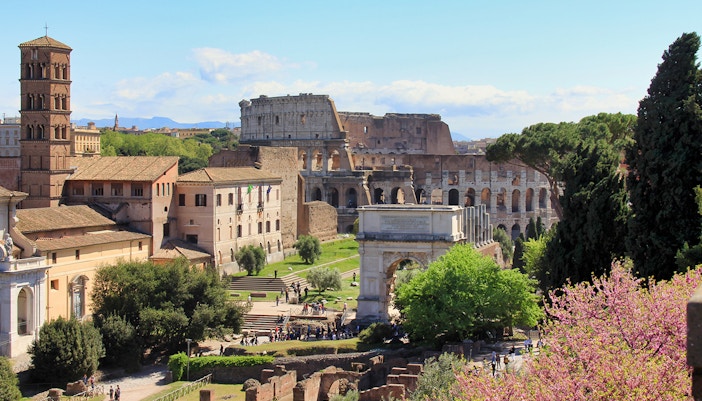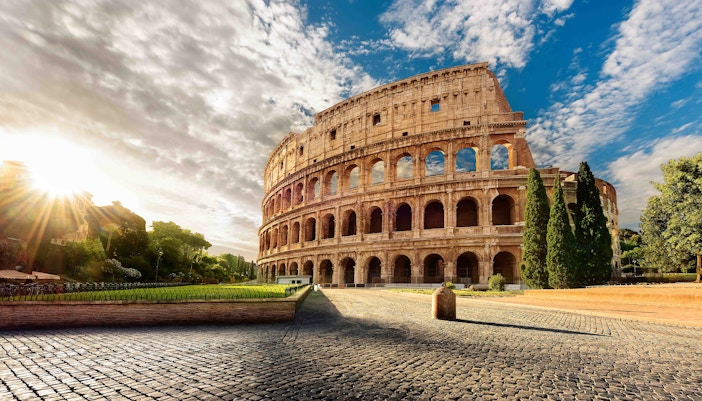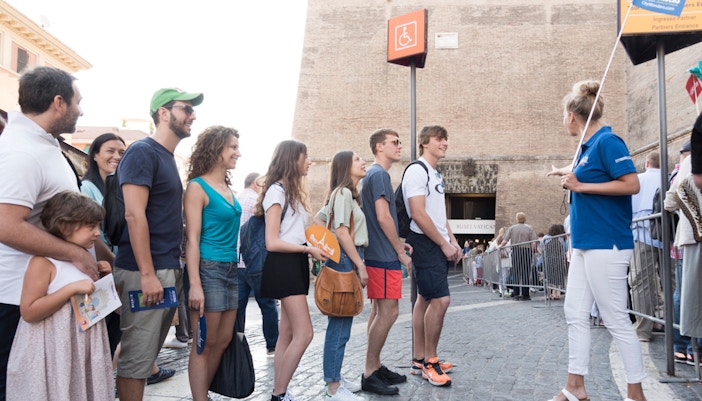The Colosseum was a gift for the Roman people by Emperor Vespasian. When it was inaugurated, the annual games began in the arena where gladiator combats, animal games, theatre and criminal executions were held annually. Reenactments of great battles in history and simulated forests to act like backdrops for hunting games and naval games were also held at the arena. The arena is where all the action took place. It has seen the deaths of many gladiators and war criminals. To access this area, you will need special tickets that you can buy online.
Highlights Inside The Roman Colosseum
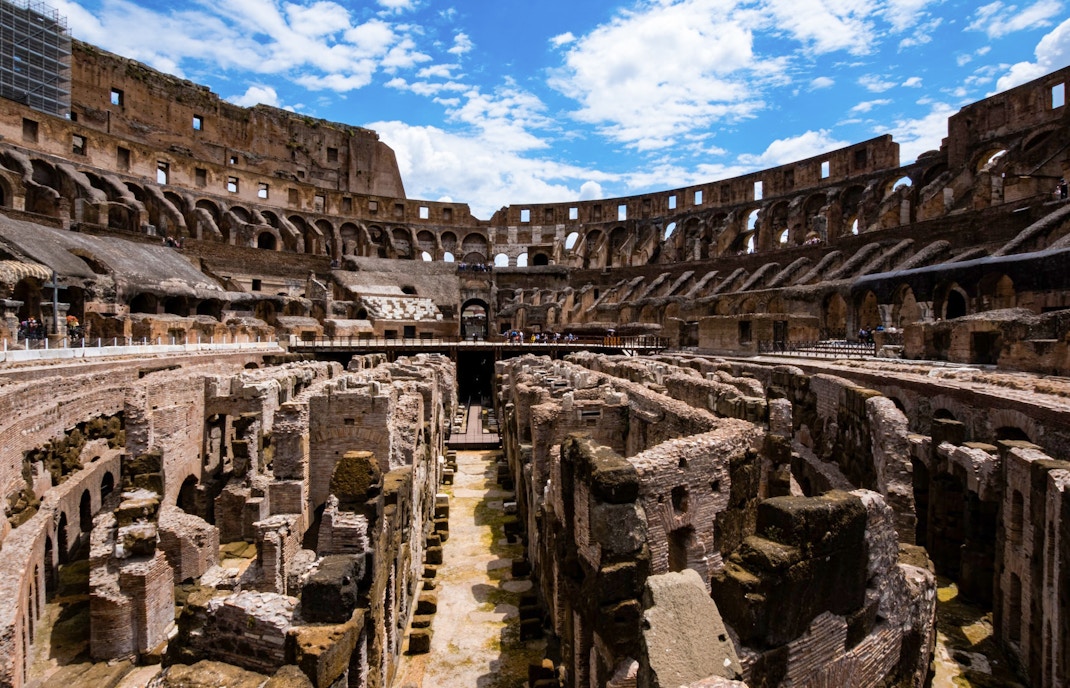
Hypogeum
King Vespasian passed away before completing the Colosseum. Titus, his son and successor, added the fourth floor while his brother, Domitian, added a balcony and underground tunnels called Hypogeum. The Hypogeum was used extensively during the games, with gladiators, war criminals and animals entering the arena from here. While this claim is contested, it has also been suggested by historians that the Hypogeum used to be filled with water to stage naval battles. However, the walls are not waterproof, and there are many exits from which the water could get out.
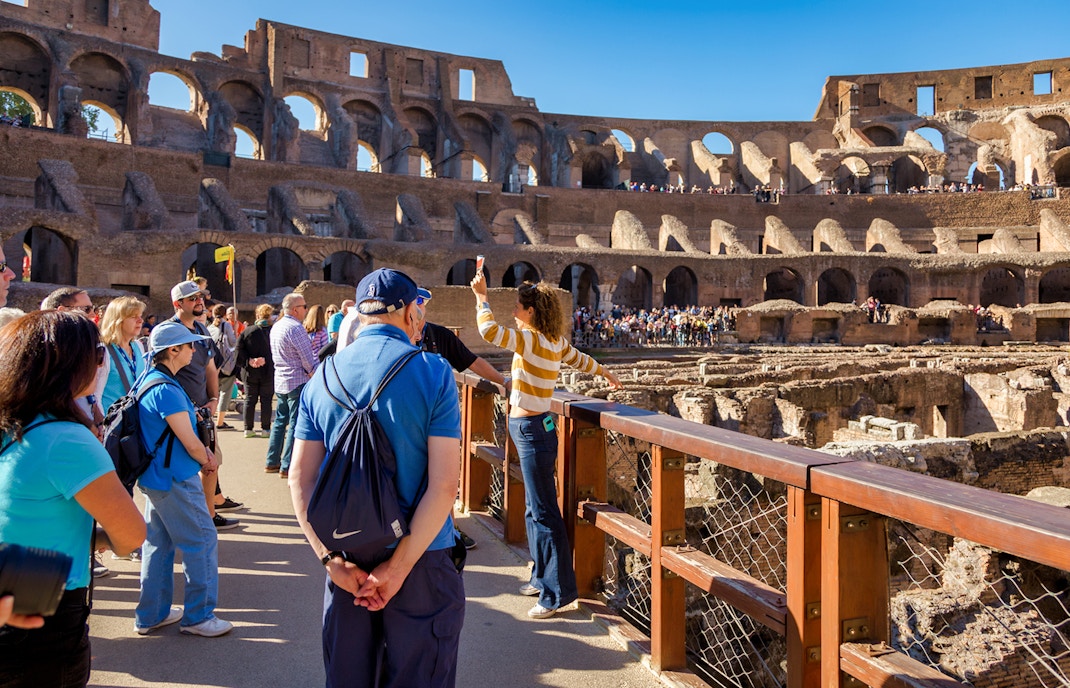
Trap Doors
The trap doors are a part of the Colosseum Hypogeum tour. These were built to cage wild animals like bears, boars, wolves, lions and tigers that were made to fight with gladiators and war criminals. The trap doors and elevators were raised to the arena floor and released once their opponent entered the arena. These were built by Domitian, King Titus's younger brother, who built the whole Hypogeum. In total, there were 36 trap doors built to cage all kinds of wild animals.
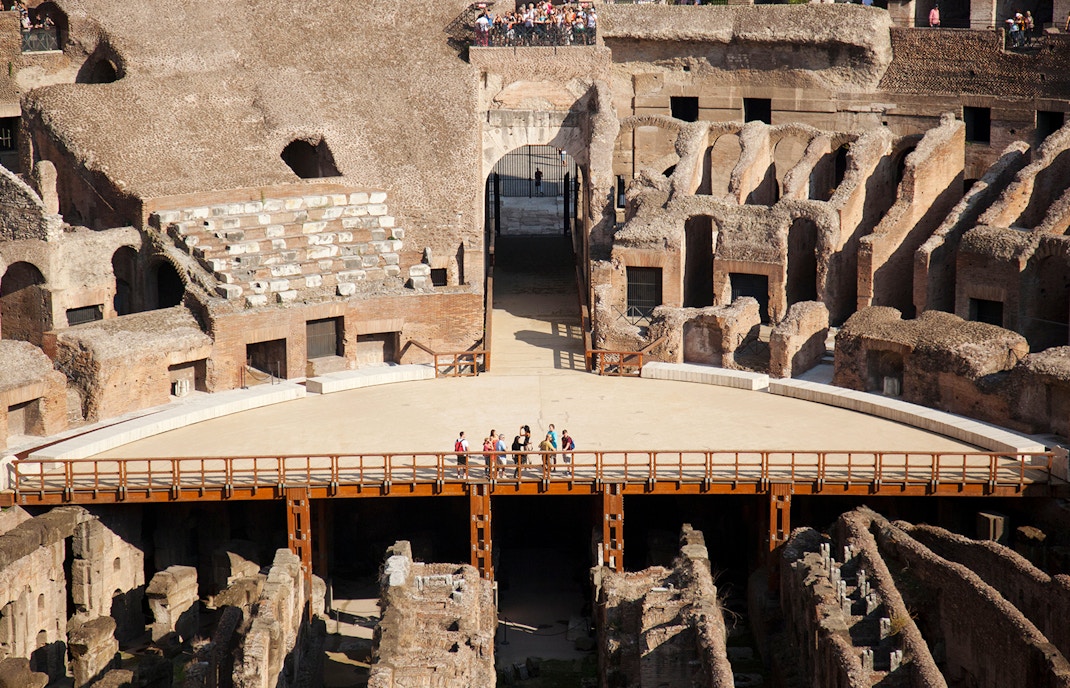
First Tier
The first tier of the Colosseum was reserved for the king, his family, councilmen and noblemen of Ancient Rome during the annual games and other ceremonies held at the Flavian Amphitheatre. This is the closest seating to the arena, where all the participants fought. Doric columns were used to decorate the first tier and some seats were engraved with the names of the people who sat there. However, with time, the carvings have disintegrated.
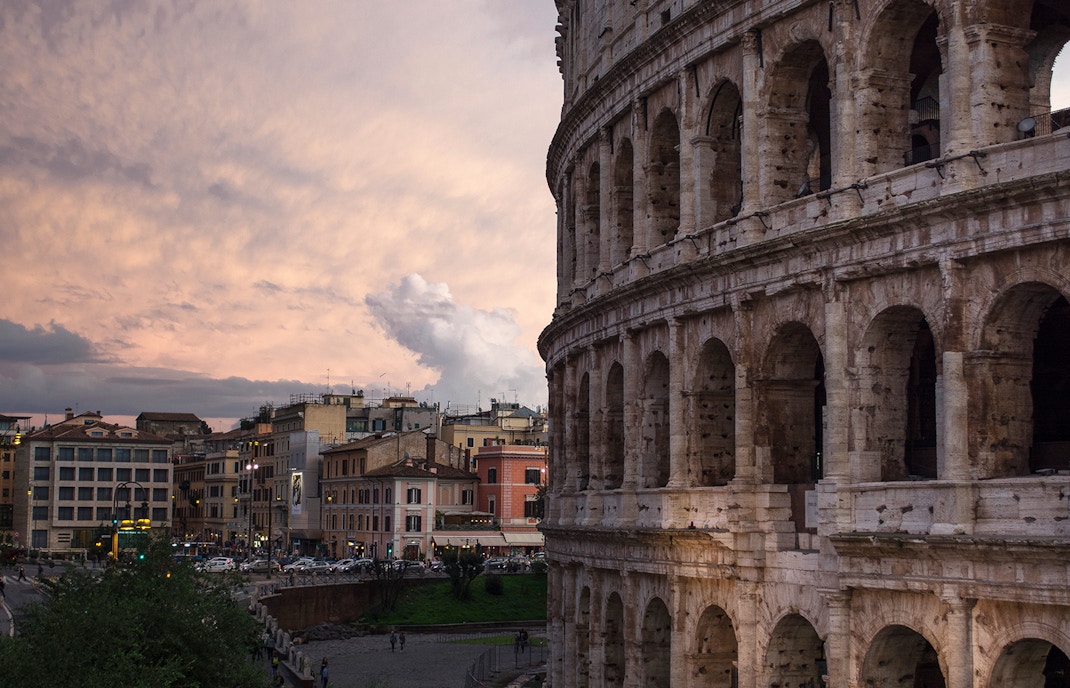
Second Tier
The second tier of the Colosseum was reserved for the wealthy class of ancient Rome. Today, it has an exhibition of the history of the Colosseum where you can learn more about the gladiator combats, the foundation of the Colosseum and the many eras it has witnessed. Make sure you don't skip visiting the area as there is a lot you can learn about ancient Rome and its people here.
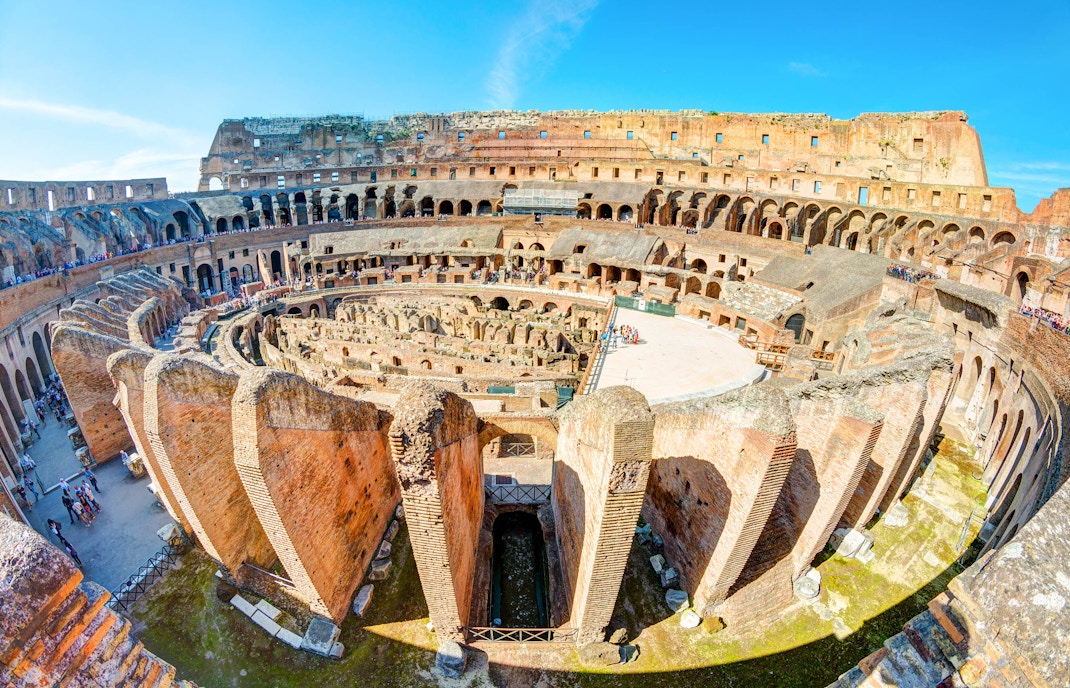
Third Tier
Before his death, King Vespasian had completed the three tiers of the Colosseum as a gift for the people of Rome. The first tier was reserved for the king, his family and councilmen. The second tier had seating for the wealthy class. The third tier is where all the common folk saw annual games from. The third tier offers a spectacular view of the insides of the Colosseum, with the arena visible clearly.
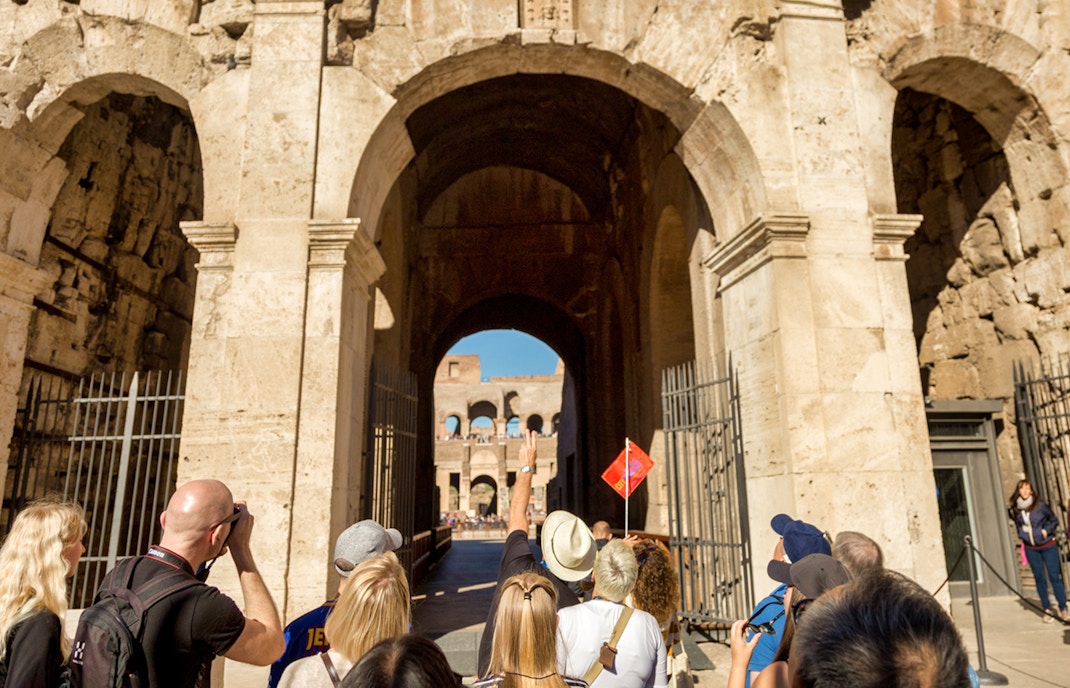
Gladiator's Gate
As the name suggests, the Gladiator's Gate is where gladiators used to enter the arena for combat. It lies on the arena floor above the Hypogeum, where beasts were caged to fight gladiators. The Gladiator's Gate was not open to the public at that time. But, today, you can enter through the gate and step out on to the stand, and pretend like the entire arena is cheering you on!
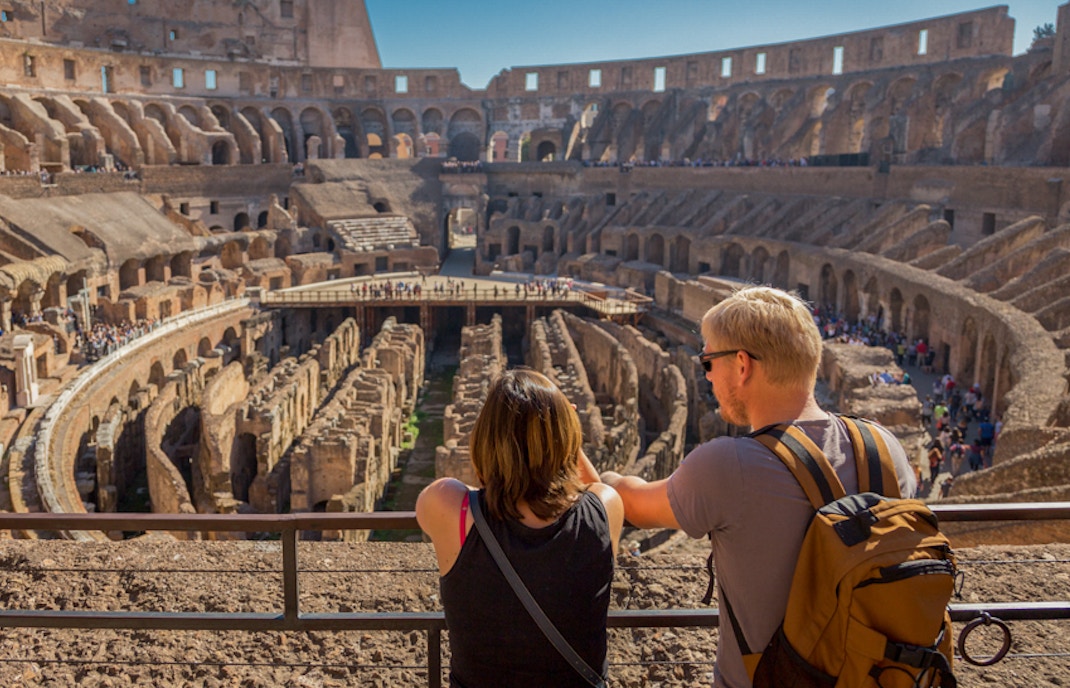
The Emperor's Box
King Vespasius had planned the Colosseum with architects, builders and engineers before starting the construction. It was built so brilliantly that people could enter and exit the premises within 15 minutes before and after the annual games. There were 76 entrances built, 72 of which were used by the common folk. Three entrances were reserved for the noblemen, and one entrance led to the Emperor's Box for the king, his family and councilmen. This area provides the best view of the arena and has a cross laid by the Pope in the 16th century in honor of the Christians martyred there.
